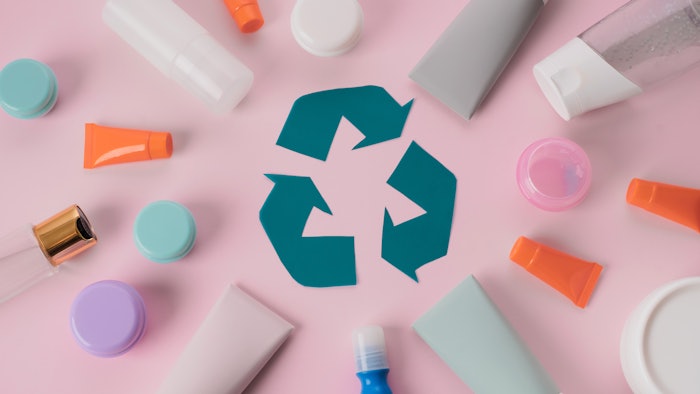
The spa and wellness industry's constant initiatives toward a more sustainable and climate-positive industry are connecting with clients, who now put a stronger priority on clean formulations, sustainable packaging and business operations that contribute to a solution rather than add to the problem.
Product development company Novi Connect compiled positive trends and benchmarks achieved in the beauty industry this year, setting the blueprint for what consumers are looking for in brands that they purchase. Here is what it found.
Related: [Study] Consumers Want Personalized Wellness Supplements in 2023
1. More Sustainability and Transparency
Companies desire to be transparent and connect with consumers on the common goal of improving the world through environmental causes, philanthropic endeavors and positive steps in diversity, equality and inclusion. Clients will look for companies that share their sustainability reports and practices on their websites, so consumers and competitors alike can observe the progress.
2. Increase in Climate-Positive Products
The consumer-driven move to sustainable packaging and products is a critical aspect of brand engagement. According to a report from NielsenIQ and FMI, 72% of consumers take transparency into consideration when choosing a brand. In beauty, clients will be on the lookout for brands sourcing ingredients that respect the ecosystem's environmental impact.
3. A Circular Economy and Zero Waste
Many personal care brands have been working to create a circular system to cut down on waste—a major issue in the industry. This system allows for the repeated use of recycled products, which breaks from the traditional linear economy where a beauty product would start from raw material with packaging that would be thrown away after use. The development of upcycled products, refill opportunities and other zero-waste efforts are sure to connect with consumers in 2023.
4. Accelerated Digital Transformation
Digital technologies and e-commerce marketplaces can transform traditional business procedures into digital services, reshaping how entire markets do business and how businesses deliver value to clients.
5. Supply Chain Security and Stability
Supply chain disruptions were a significant problem over the last two years, leading to shortages, inflation, factory closures and other issues. Clients will be seeking companies that incorporate creative options for their supply chain, like creating multiple sourcing strategies or sourcing ingredients regionally.
6. Emphasis on the Customer Experience
Regardless of the type of product, consumers are looking for personalized experiences. Many brands rightly see it as vital for market growth, so look for those that deliver a personalized experience across the entire client interaction.












